Embark on a spiritual odyssey with Sant Dnyaneshwar, from the profound compositions of Amrutanubhav to transformative pilgrimages and the ethereal experience of Sanjeevan Samadhi. Explore the enduring bonds of friendship and the mystical belief in Dnyaneshwar’s eternal presence among Varkari devotees. Uncover the immortal legacy of a soul transcending time and mortality.”
Sant Dnyaneshwar, a revered saint and poet, entered this world on the auspicious day of Bhadrapada Krishna Ashtami in 1275 CE, coinciding with Shreekrishna Janmashtami. Born to Vatthalpant Kulkarni and Mother Rukhumai, a Brahmin couple, in the serene village of Apegaon along the Godavari River near Paithan, Maharashtra, Dnyaneshwar was the second among four siblings: Nivruttinath, Sopan, and the youngest, Muktabai.
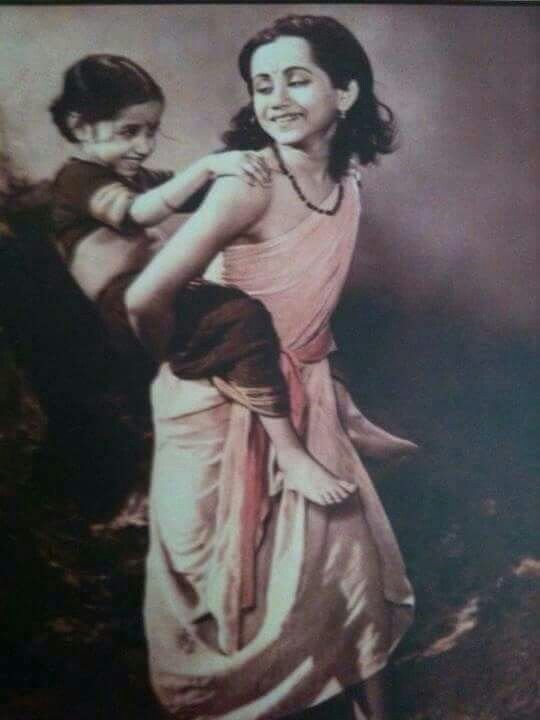
His father, Vitthalapant, served as the kulkarni, responsible for maintaining land and tax records in Apegaon. However, Vitthalapant’s yearning for spiritual knowledge led him to renounce worldly life and become a sannyasin. The decision to embrace a monastic life was met with challenges, and the family faced excommunication from the Brahmin caste for going against orthodox beliefs.
Dnyaneshwar’s early life was marked by the mystical and the miraculous. Legends surround his ability to make a buffalo sing the Vedas and humble a yogi by riding a moving wall. While the biographical details of his brief 21-year life are contested, the essence of his teachings and spiritual wisdom remains an integral part of Maharashtra’s cultural and religious heritage.
Vitthalapant, after his initiation into sannyas by Rama Sharma, faced the dilemma of returning to family life. Despite initial reluctance, his guru advised him to resume his duties as a householder. This decision led to the birth of four children, and Dnyaneshwar, along with his siblings, was initiated into the Nath Hindu live tradition, to which their parents already belonged.
Tragedy struck the family when, during a pilgrimage to Nashik, Vitthalapant and his wife gave up their lives in the Indrayani River, hoping their children would lead lives free from persecution. The siblings were then accepted into the Nath tradition, where they became celebrated yogis and Bhakti poets.
Despite facing challenges and societal rejection, Sant Dnyaneshwar’s teachings and spiritual legacy endure, inspiring generations with his profound wisdom and devotion.
Bhavartha Deepika
In the year 1290 CE, at the tender age of 15, Sant Dnyaneshwar Maharaj, born in 1275, embarked on a remarkable journey of spiritual exploration, leaving an indelible mark on the cultural and philosophical landscape of Maharashtra. His magnum opus, “Amrutanubhav Bhavartha Deepika,” a commentary on the Bhagavad Gita, stands as a testament to his profound wisdom and literary prowess.
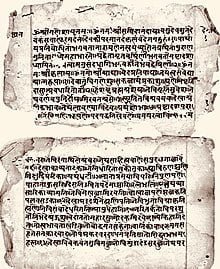
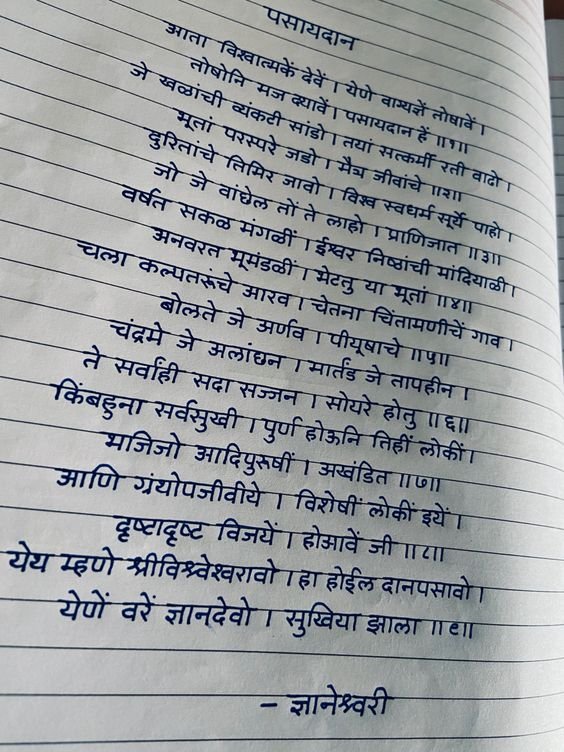
Dnyaneshwar Maharaj’s life was brief, spanning only 22 years, yet within this short span, he composed a masterpiece that holds the distinction of being the oldest surviving literary work in the Marathi language. What makes this accomplishment even more astounding is that he was a mere 15 years old when he undertook the task.
This seminal work, the Dnyaneshwari, has left an enduring legacy, influencing major Bhakti movement saint-poets such as Eknath and Tukaram of the Varkari (Vithoba) tradition. The Dnyaneshwari, rooted in the Advaita Vedanta tradition of Hinduism, serves as a profound interpretation of the Bhagavad Gita.
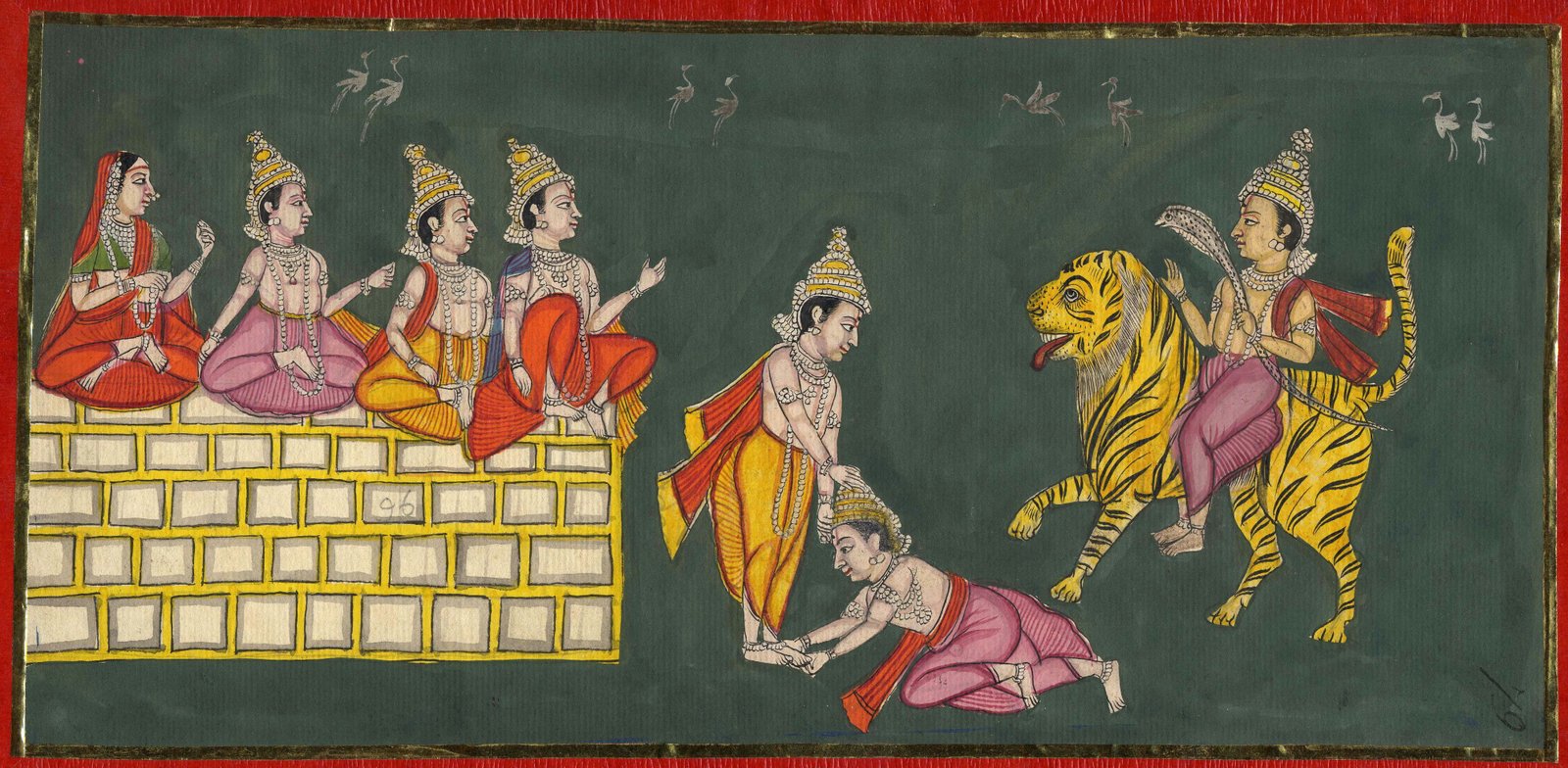
What sets the Dnyaneshwari apart is not only its philosophical depth but also the aesthetic and scholarly value woven into its verses. Dnyaneshwar Maharaj, despite his youth, demonstrated a mature understanding of the intricacies of Advaita Vedanta, making his commentary a timeless and revered contribution to the spiritual literature of India.
The impact of Dnyaneshwar Maharaj’s work extends beyond his immediate time, resonating through the centuries and inspiring countless seekers on the path of knowledge and devotion. His legacy endures in the hearts and minds of those who continue to find solace and enlightenment within the pages of the Amrutanubhav Bhavartha Deepika.
After completing the monumental work of Amrutanubhav, the siblings embarked on a pilgrimage to Pandharpur, where they encountered Namdev, forging a deep and enduring friendship with Dnyaneshwar. Together, Dnyaneshwar and Namdev set forth on a spiritual journey, visiting holy centers across India and initiating numerous individuals into the Varkari sect. It is believed that during this period, Dnyaneshwar composed devotional compositions known as Abhangas.
Upon returning to Pandharpur, Dnyaneshwar and Namdev were honored with a feast, attended by contemporaneous saints such as Goroba the potter, Sanvata the gardener, Chokhoba the untouchable, and Parisa Bhagwat the Brahmin, as documented by Bahirat. While some scholars, like W. B. Patwardhan, R. G. Bhandarkar, and R. Bharadvaj, dispute the traditional view that Namdev and Dnyaneshwar were contemporaries, favoring a later date for Namdev in the late 14th century, the enduring impact of their collaboration remains undisputed.
Post-feast, Dnyaneshwar expressed a profound desire to enter Sanjeevan Samadhi, a practice rooted in ancient India’s Ashtanga Yoga, involving the voluntary departure from one’s mortal body after attaining a deep meditative state. Namdev’s sons took charge of the preparations for this sacred transition.
Dnyaneshwar had previously expounded on the profound connection between heightened awareness and light or pure energy. On the 13th day of the dark half of the Kartik month in the Hindu Calendar, in Alandi, the twenty-one-year-old Dnyaneshwar entered into Sanjeevan Samadhi. His final resting place is within the Siddhesvara Temple complex in Alandi. Today marks the 726th anniversary of his Sanjeevan samadhi.

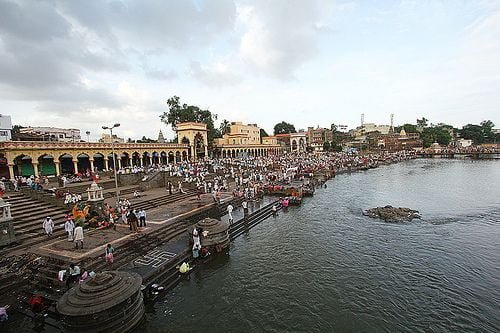
Namdev and other onlookers mourned the passing of Dnyaneshwar. Tradition holds that Dnyaneshwar was miraculously brought back to life when Namdev fervently prayed to Vithoba for his return—a testament, as Dallmayr observes, to “the immortality of genuine friendship and companionship of noble and loving hearts.” Among Varkari devotees, the belief persists that Dnyaneshwar transcends mortality, a living testament to the profound impact of his teachings and spiritual legacy.

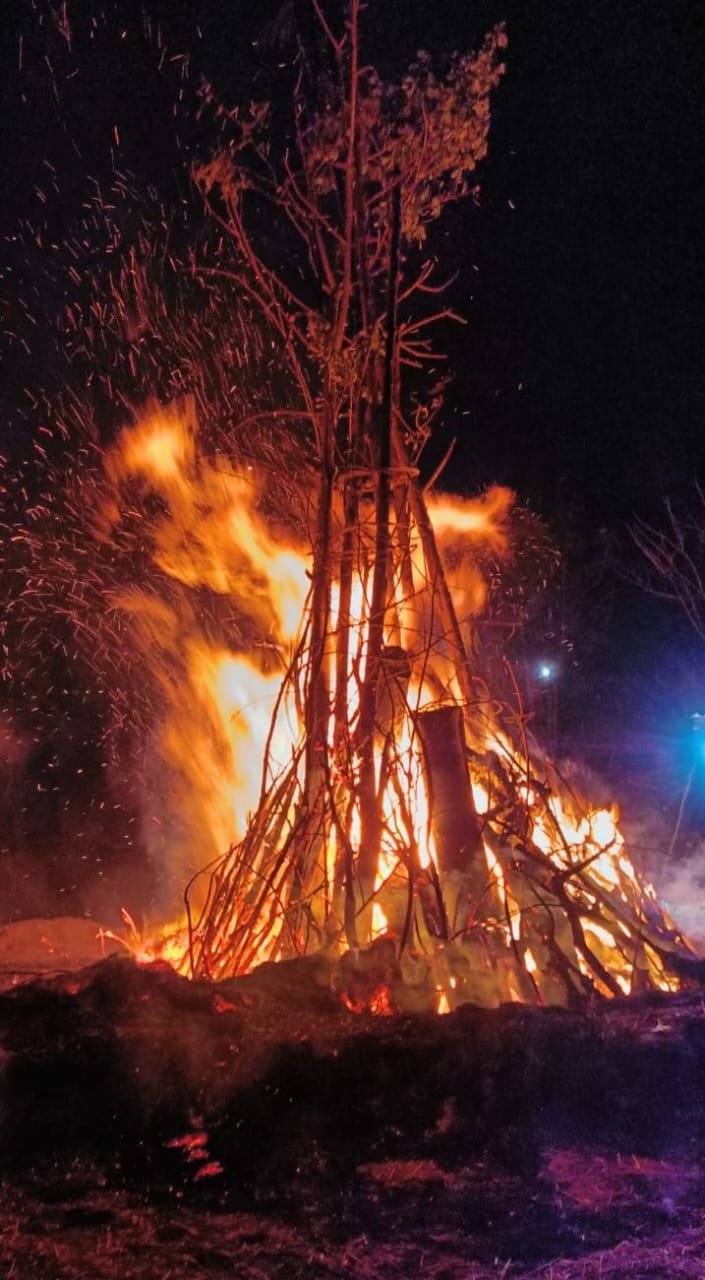


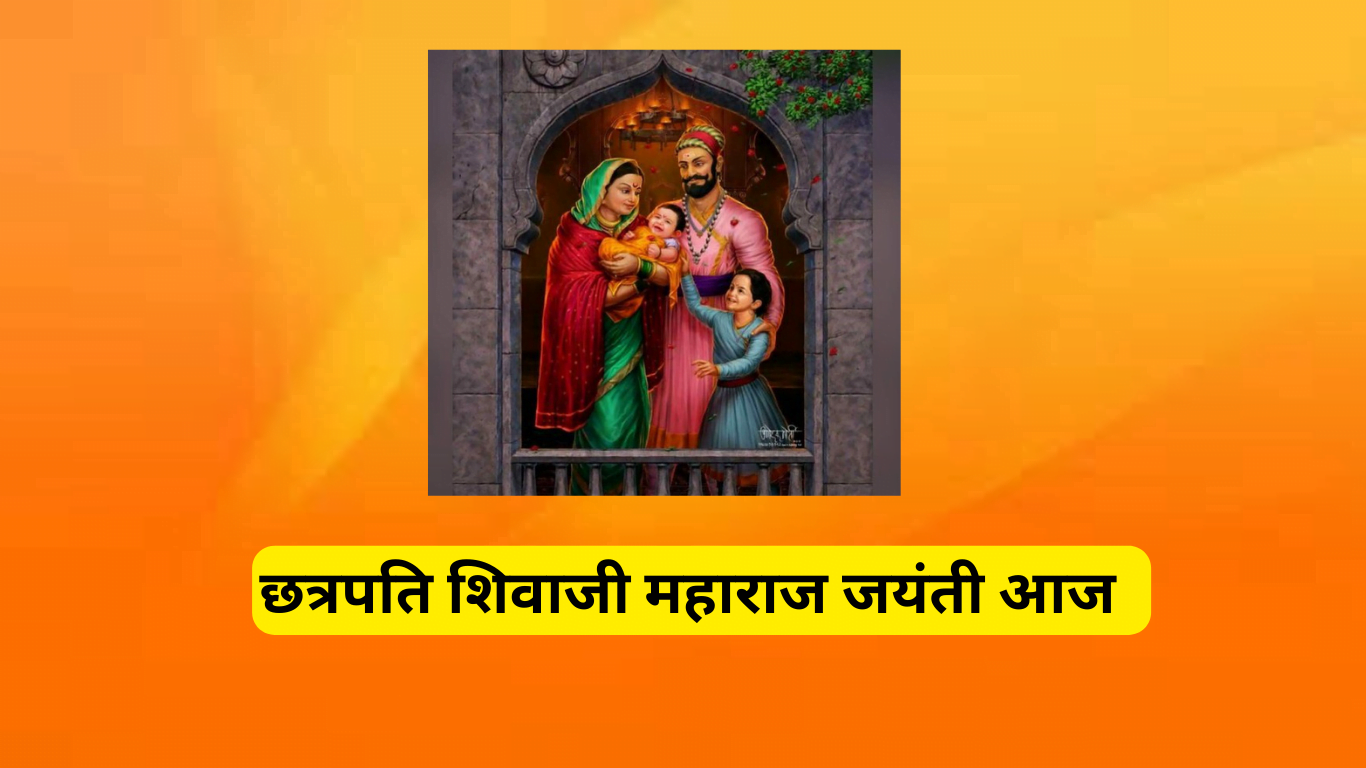
[…] The Life and Spiritual Journey of Sant Dnyaneshwar Share your love […]